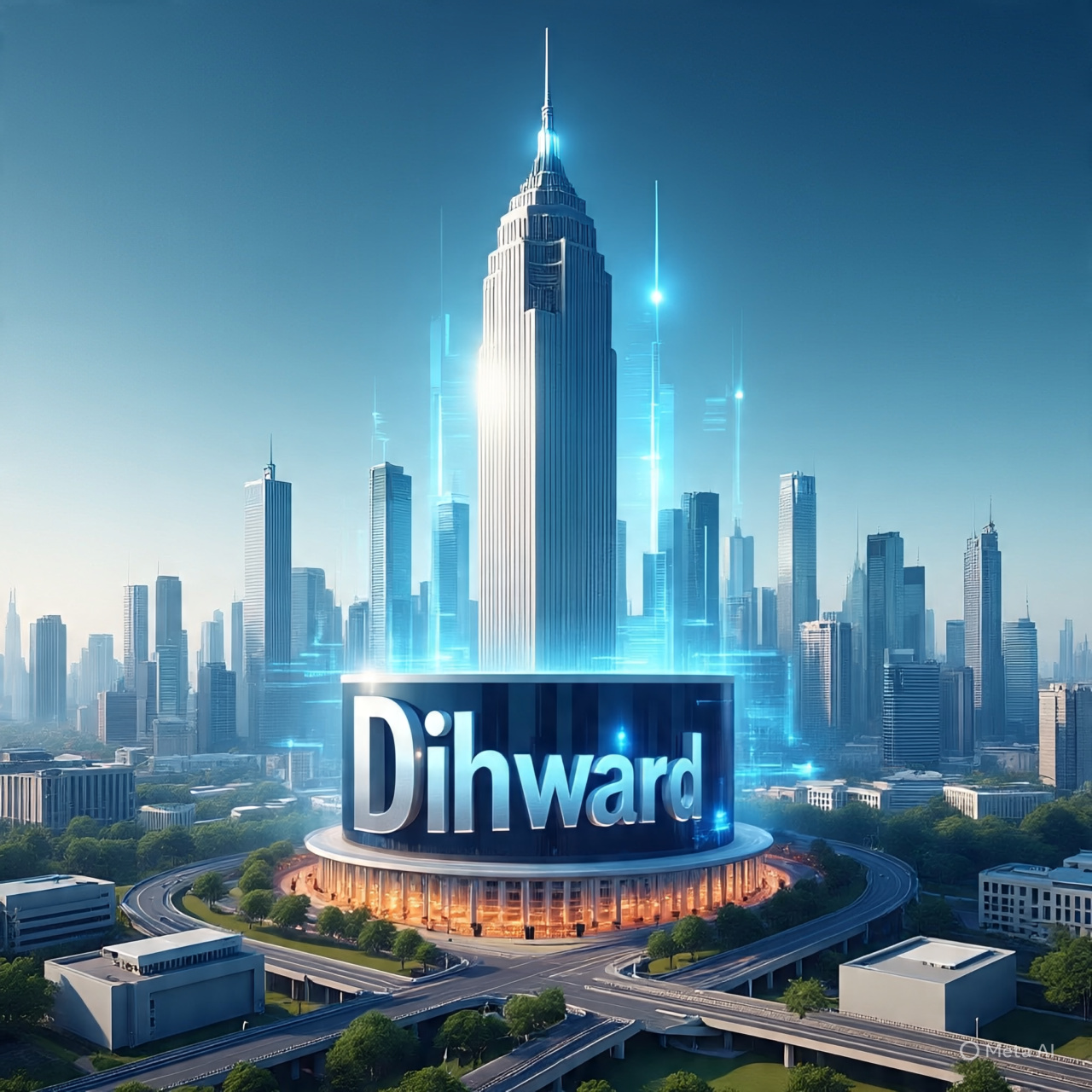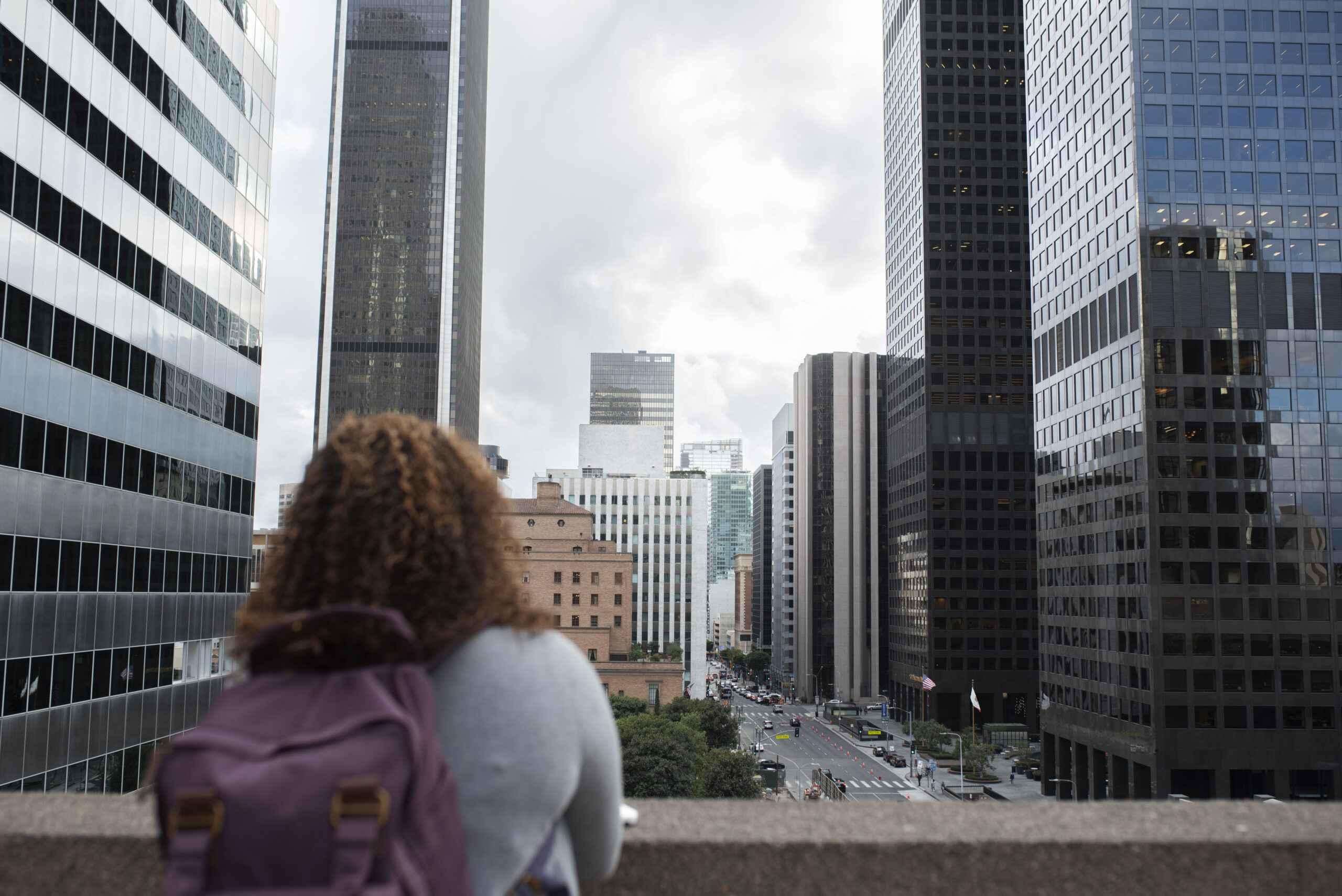Cities today are not just growing—they are transforming. Concrete jungles are stretching their arms toward the skies while underground networks become as intricate as the veins of human anatomy. The rise of smart technologies, the pressure of climate change, and the need for inclusive spaces have forced urban environments to rethink not just how they grow, but why. Amid this tectonic shift in how we live, move, and connect, emerges a profound question: Are our cities ethically adapting to change?
Welcome to a new paradigm in urban development: a framework that fuses ethical reasoning with urban planning, community building, and social justice. This philosophy is not a checklist of regulations or a flashy trend—it’s a lens to evaluate whether a city’s transformation is fair, humane, and sustainable. Enter the concept of dihward.
What is Dihward?
Dihward is not a city. It’s not an acronym. It’s a conceptual philosophy—a hybrid of urban ethics and forward-thinking adaptability. Think of it as a “guardian conscience” in urban development, reminding communities, developers, and governments that growth must never outpace morality. It stresses ethical responsiveness, inclusivity, and balance during rapid urban changes.
At its core, Dihward argues that cities should not just be efficient and modern—they must also be just, empathetic, and deeply human. While technologies are racing ahead with AI-driven transit, climate-responsive buildings, and smart energy grids, Dihward demands we pause and ask: Who gets left behind in this race? Who benefits, and who bears the cost?
The Ethos Behind Ethical Urbanism
Urbanism has long focused on physical needs: transportation, housing, infrastructure. But the soul of a city lies in its people, its stories, and the invisible threads that connect strangers in a shared space.
Dihward introduces three key pillars to guide ethical urban transformation:
- Equity in Access and Design
Are public spaces accessible to people with disabilities? Do housing policies favor marginalized groups? Are parks and cultural hubs being privatized or preserved for public use? Equity ensures no community is disproportionately burdened or excluded. - Cultural and Historical Respect
Gentrification has, in many cases, erased the histories of neighborhoods. Dihward urges cities to evolve without wiping away the roots that give them character. Adaptive reuse, cultural conservation, and community storytelling are tools to achieve this. - Responsiveness to Climate and Crisis
With rising temperatures, frequent floods, and climate refugees becoming a reality, urban responses must be both proactive and ethical. Ethical adaptability means choosing nature-positive infrastructure, clean mobility, and disaster-resilient design—not just what’s profitable.
Dihward in Action: Real-World Urban Dilemmas
Let’s look at how a Dihward-inspired lens might evaluate several pressing urban scenarios:
1. The Smart City Dilemma
Smart cities promise surveillance, data collection, and automation for “efficiency.” But what about privacy? What about digital exclusion for people without smartphones? Dihward would demand policies that protect digital rights while ensuring inclusive tech access.
2. Housing vs. Heritage
In many cities, older neighborhoods are bulldozed to make way for luxury high-rises. While development is essential, Dihward prompts a pause: Is the community being consulted? Can heritage buildings be repurposed instead of razed? What support exists for displaced residents?
3. Transit and the Invisible
Urban transit often caters to the affluent while sidelining low-income users. Subways don’t reach poor neighborhoods, and pedestrian safety is ignored in favor of car-centric planning. Dihward urges planners to see and serve the “invisible” populations that systems often ignore.
4. Environmental Justice
Waste facilities, polluting factories, and heat islands are disproportionately located in lower-income zones. Dihward insists on environmental equity—where no community becomes a dumping ground simply because it lacks political power.
Why Cities Need a Moral Compass Now More Than Ever
We are in an era of compounded crises: climate change, political polarization, digital divides, and income inequality. Cities are often ground zero for these crises—and also potential laboratories for solutions.
But without a shared moral framework, development becomes a battleground. In the race to become “the next Dubai,” many cities sacrifice social cohesion for cosmetic progress. Dihward offers a way to root decisions in long-term well-being instead of short-term gain.
It’s no longer enough to ask: Can we build this? The new question is: Should we? And if so, how can we do it in a way that uplifts the most people with the least harm?
Designing Cities with Empathy
One of the revolutionary aspects of Dihward is its emphasis on empathy—a soft skill rarely associated with urban planning. Designing with empathy means:
- Considering the sensory experiences of neurodiverse individuals
- Incorporating rest areas for the elderly or those with chronic illness
- Installing streetlights for safety in women-led neighborhoods
- Celebrating multilingual signage to welcome immigrants
Empathy doesn’t slow down development—it enriches it. It transforms cities into living, breathing organisms that listen as much as they speak.
Education and Dihward: Preparing Ethical Urbanists
To truly implement Dihward, we must train the next generation of urbanists not only in engineering and design but in ethics, psychology, and philosophy. Universities and professional bodies can incorporate modules like:
- The Ethics of Displacement
- Urban Equity and Gender Justice
- Environmental Humanities for Urban Design
- Participatory Planning with Vulnerable Communities
Cities are not just shaped by cranes and concrete—they are shaped by conscience.
Obstacles to Ethical Adaptability
Let’s be real: Dihward is idealistic. Many forces oppose its application—economic pressure, political interests, and the inertia of old systems. Common obstacles include:
- Profit-driven developers ignoring inclusive zoning laws
- Corrupt bureaucracies bypassing environmental regulations
- Policymakers pandering to elite interests over public need
But idealism isn’t weakness—it’s vision. Dihward isn’t a silver bullet, but a compass. It points in the right direction even when the journey is difficult.
From Buzzword to Blueprint: Making Dihward Practical
For Dihward to be more than a noble thought, it must become embedded in urban processes. This means:
- City Charters that include ethical impact clauses
- Urban audits measuring ethical outcomes (not just GDP or traffic flow)
- Citizen juries to evaluate major developments
- Public dashboards showing transparency in land use and spending
Technology can assist—AI models can predict gentrification risk, while blockchain can ensure transparent land registry. But the heart must remain human.
Cities That Echo Dihward Values
While the term “Dihward” is new, its spirit lives in cities already embracing ethical innovation:
- Amsterdam’s Doughnut Economy aims for balance between ecological ceiling and social foundation.
- Barcelona’s Superblocks reclaim streets for pedestrians, improving air quality and community life.
- Curitiba, Brazil, uses affordable transit and green space policies to uplift low-income groups.
- Seoul, South Korea, repurposed highways into ecological parks without displacing communities.
These cities prove that ethics and innovation are not mutually exclusive.
FAQs about Dihward
Q1: Is Dihward a real place?
No, Dihward is not a physical location. It’s a conceptual framework representing ethical urban adaptability. It stands for the values and processes that ensure cities grow without losing their moral center.
Q2: Who coined the term Dihward?
While the term has recently emerged in discussions about ethical urbanism, its roots lie in long-standing movements for just cities, participatory planning, and urban justice. The name Dihward symbolizes direction (“ward”) and moral deliberation (“di”).
Q3: How can my city adopt Dihward principles?
Start by creating forums for public consultation, building ethical guidelines into development charters, and conducting audits that measure equity, sustainability, and well-being—not just economic growth. Engage communities in every step.
Q4: Is ethical urbanism expensive?
Not necessarily. While inclusive and sustainable infrastructure might involve upfront costs, the long-term benefits—reduced inequality, better health outcomes, and stronger communities—far outweigh them. Plus, ethical failures (like unchecked gentrification) can lead to long-term social unrest and economic loss.
Q5: Can Dihward coexist with smart city technologies?
Absolutely. Technology can enhance ethical city design if used responsibly. For example, data analytics can identify underserved areas, and apps can facilitate real-time citizen feedback. The key is to prioritize people over profit.
Q6: How does Dihward differ from sustainable urbanism?
While both prioritize long-term thinking, Dihward places greater emphasis on morality, empathy, and equity alongside sustainability. It’s not just about green buildings—it’s about who gets to live in them, who makes decisions, and how justice is distributed.
Final Thoughts
In the coming decades, billions will live in cities. These urban spaces will either become inclusive, inspiring beacons of human achievement—or fractious, unequal arenas of discontent. The difference lies in the principles guiding their growth.
Dihward offers more than a theory—it offers hope. Hope that progress and ethics can walk hand-in-hand. Hope that cities can be built not just for the powerful, but for the people.
Because ultimately, a city is more than steel and stone. It’s a promise. And with Dihward, that promise can be kept.



